Efficient Water Treatment Equipment Selection: How to Choose the Right Technology Based on Your Needs
Water is a vital resource for all forms of life, and ensuring its purity is essential for health, industry, and environmental sustainability. Water treatment purification plants play a crucial role in providing clean water by removing contaminants and impurities. This article delves into the sophisticated equipment used in water treatment purification plants, covering various technologies and systems that ensure water quality. Whether you are a facility manager, an environmental engineer, or someone interested in water purification, this guide will provide valuable insights into the equipment and processes involved.
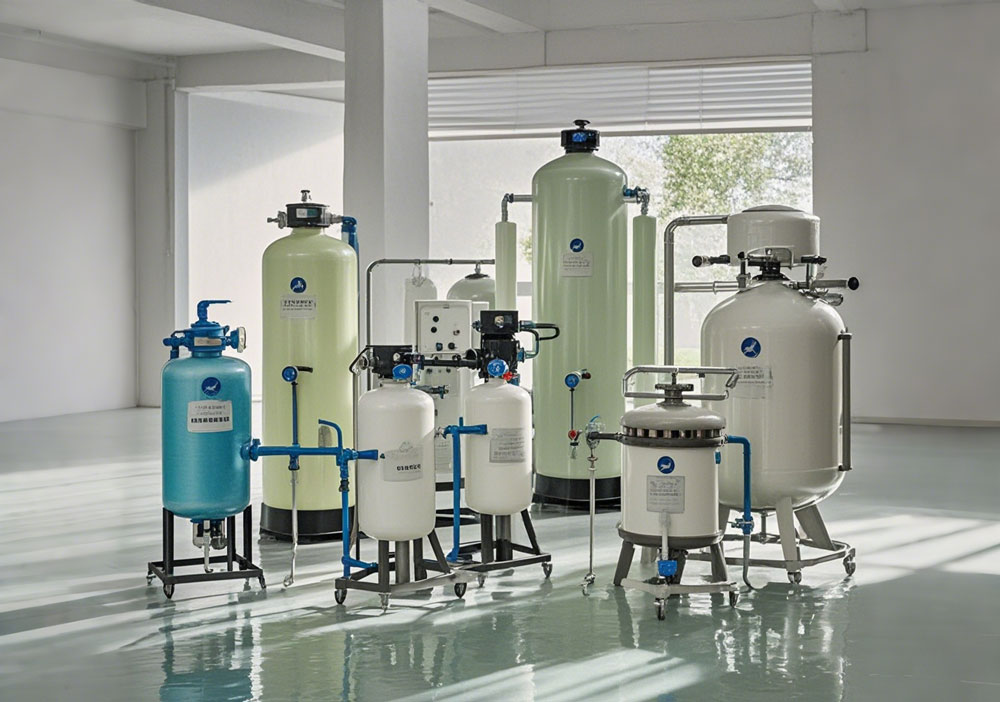
Understanding Water Treatment Purification Plants Equipment
Water treatment purification plants use a variety of equipment to treat and purify water. The choice of equipment depends on the specific contaminants present and the desired quality of the treated water. Here, we will explore some of the most commonly used equipment in water treatment plants.
1. Reverse Osmosis Systems
Description: Reverse osmosis (RO) systems are among the most widely used water purification technologies. They work by forcing water through a semi-permeable membrane that filters out contaminants such as salts, bacteria, and other impurities.
Key Features:
- High efficiency in removing dissolved solids.
- Effective in desalination and producing potable water from seawater.
- Commonly used in both industrial and residential settings.
2. Ultraviolet (UV) Water Disinfection Systems
Description: UV water disinfection systems use ultraviolet light to kill or inactivate microorganisms in water. This method is chemical-free and highly effective in eliminating bacteria, viruses, and protozoa.
Key Features:
- No chemical residues.
- Effective against a wide range of pathogens.
- Low maintenance and operational costs.
3. Activated Carbon Filtration Systems
Description: Activated carbon filters are used to remove organic compounds, chlorine, and other chemicals that affect the taste and odor of water. These systems are essential for improving water quality in both drinking water and industrial processes.
Key Features:
- High adsorption capacity for organic contaminants.
- Improves taste and odor of water.
- Often used in combination with other filtration technologies.
4. Electrodeionization (EDI) Systems
Description: EDI systems combine ion exchange resins and electricity to remove ionized species from water. This technology is often used in applications requiring high-purity water, such as pharmaceuticals and electronics manufacturing.
Key Features:
- Continuous and chemical-free operation.
- Produces high-purity water.
- Low operational costs compared to traditional ion exchange systems.
5. Multi-Media Filtration Systems
Description: Multi-media filters use layers of different media types, such as sand, anthracite, and garnet, to remove suspended solids from water. This type of filtration is highly effective in pre-treatment processes before advanced purification methods.
Key Features:
- High removal efficiency for suspended solids.
- Can handle high flow rates.
- Versatile and can be customized for specific applications.
Advanced Water Treatment Technologies
In addition to the commonly used equipment, several advanced technologies are employed in water treatment purification plants to address specific challenges and improve efficiency.
1. Membrane Bioreactors (MBR)
Description: MBRs combine biological treatment processes with membrane filtration. They are highly effective in treating wastewater and producing high-quality effluent suitable for reuse.
Key Features:
- High removal efficiency for organic and inorganic contaminants.
- Compact and space-saving design.
- Produces high-quality effluent for reuse.
2. Ozone Water Treatment Systems
Description: Ozone treatment involves the use of ozone gas to oxidize and break down contaminants in water. This method is highly effective in disinfection and removing organic pollutants.
Key Features:
- Strong oxidizing agent that eliminates a wide range of contaminants.
- No chemical residues.
- Effective in removing color, taste, and odor issues.
3. Pulsed Ultraviolet Water Purification Equipment
Description: Pulsed UV systems use high-intensity UV light pulses to disinfect water. This technology is effective in inactivating microorganisms and is often used in high-purity water applications.
Key Features:
- High disinfection efficiency.
- No chemical additives required.
- Suitable for high-purity water applications.
Importance of Water Treatment Purification Plants
Water treatment purification plants are essential for several reasons:
- Public Health: Ensuring safe drinking water prevents waterborne diseases and protects public health.
- Environmental Protection: Treating wastewater before discharge prevents pollution and protects aquatic ecosystems.
- Industrial Processes: High-quality water is crucial for various industrial processes, including food and beverage production, pharmaceuticals, and electronics manufacturing.
- Sustainable Resource Management: Water treatment and recycling reduce the demand for freshwater resources and promote sustainable water management.
Selecting the Right Water Treatment Equipment
Choosing the right water treatment equipment depends on several factors, including the source of the water, the contaminants present, and the desired quality of the treated water. Here are some key considerations:
Water Quality Analysis
Conduct a thorough analysis of the water source to identify the contaminants present and their concentrations. This information is crucial for selecting the appropriate treatment technologies.Treatment Goals
Define the treatment goals, such as removing specific contaminants, achieving regulatory compliance, or producing high-purity water for industrial processes.System Capacity
Consider the capacity of the treatment system, including the flow rate and the volume of water to be treated. Ensure that the equipment can handle the required load.Operational Costs
Evaluate the operational costs of the treatment equipment, including energy consumption, maintenance, and replacement of consumables. Choose equipment that offers a balance between performance and cost-efficiency.Regulatory Compliance
Ensure that the selected equipment complies with relevant regulations and standards for water quality and safety.
FAQs
1. What is the best water treatment technology for removing bacteria and viruses?
- Answer: Ultraviolet (UV) water disinfection systems are highly effective in inactivating bacteria, viruses, and protozoa without the use of chemicals.
2. How does reverse osmosis work in water treatment?
- Answer: Reverse osmosis (RO) systems use a semi-permeable membrane to filter out contaminants like salts, bacteria, and other impurities from water, making it safe for consumption and industrial use.
3. What is the difference between activated carbon filters and UV disinfection?
- Answer: Activated carbon filters are used to remove organic compounds, chlorine, and other chemicals that affect taste and odor, while UV disinfection is primarily used to kill microorganisms without using chemicals.
4. Can ozone treatment be used for both disinfection and decolorization?
- Answer: Yes, ozone treatment is effective for both disinfection and removing color, taste, and odor from water. It is a powerful oxidizing agent that breaks down organic pollutants.
5. What are the benefits of using multi-media filtration systems?
- Answer: Multi-media filtration systems effectively remove suspended solids from water, can handle high flow rates, and are often used as a pre-treatment step before advanced purification methods like RO or UV.
Conclusion
Water treatment purification plants are vital for ensuring the availability of clean and safe water. The equipment used in these plants, from reverse osmosis systems to advanced ozone treatment technologies, plays a crucial role in achieving high water quality. By understanding the different types of equipment and their applications, facility managers, engineers, and other stakeholders can make informed decisions to optimize water treatment processes.
Investing in the right water treatment equipment not only ensures compliance with regulatory standards but also contributes to public health, environmental protection, and sustainable resource management. As technology continues to advance, the efficiency and effectiveness of water treatment systems will continue to improve, providing even greater benefits for society and the environment.
Must-Read Blogs For Chain Restaurants Owner

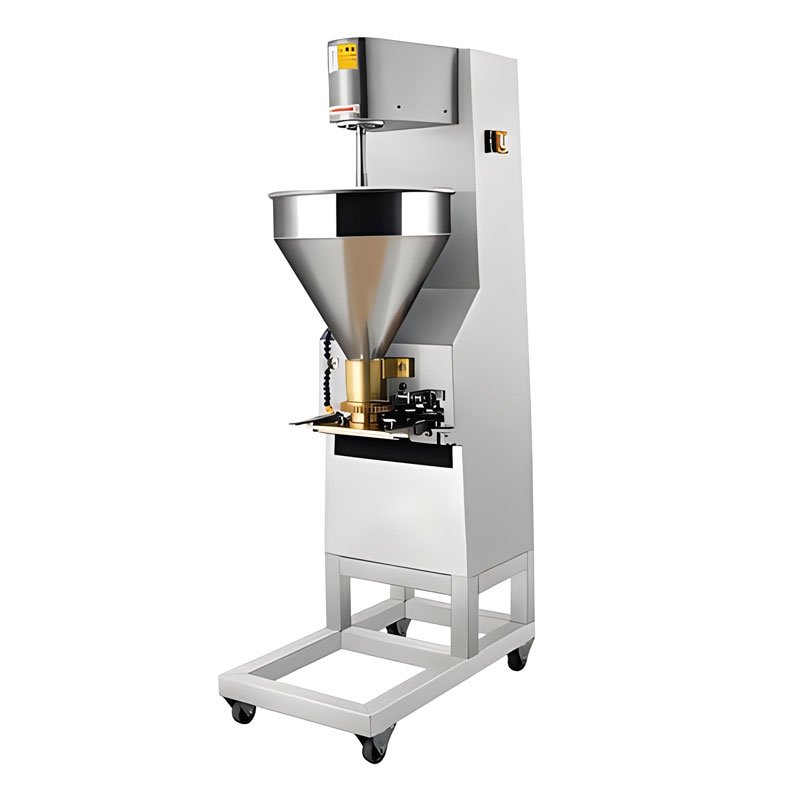
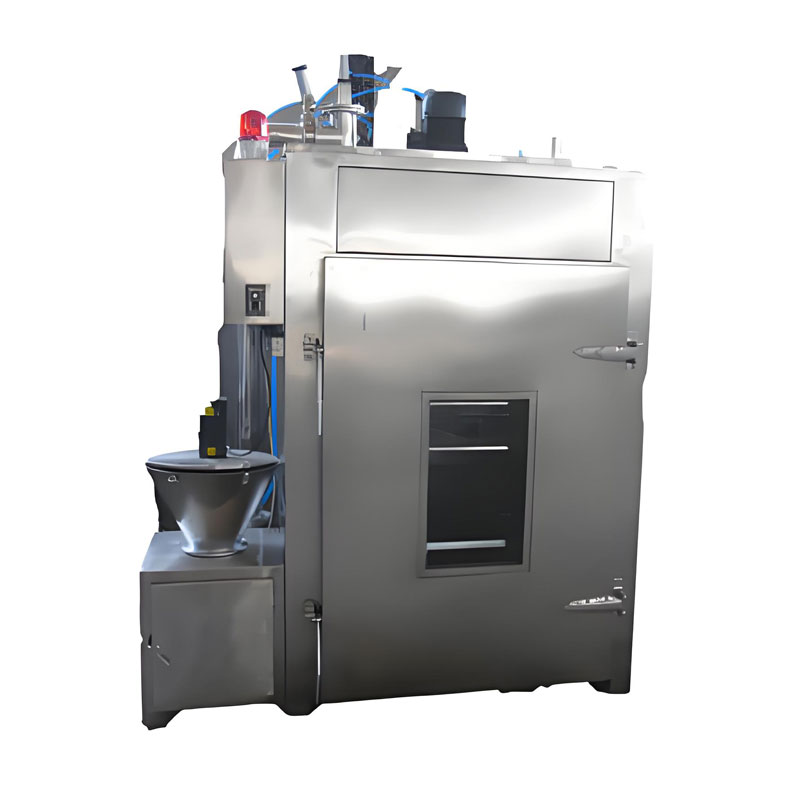
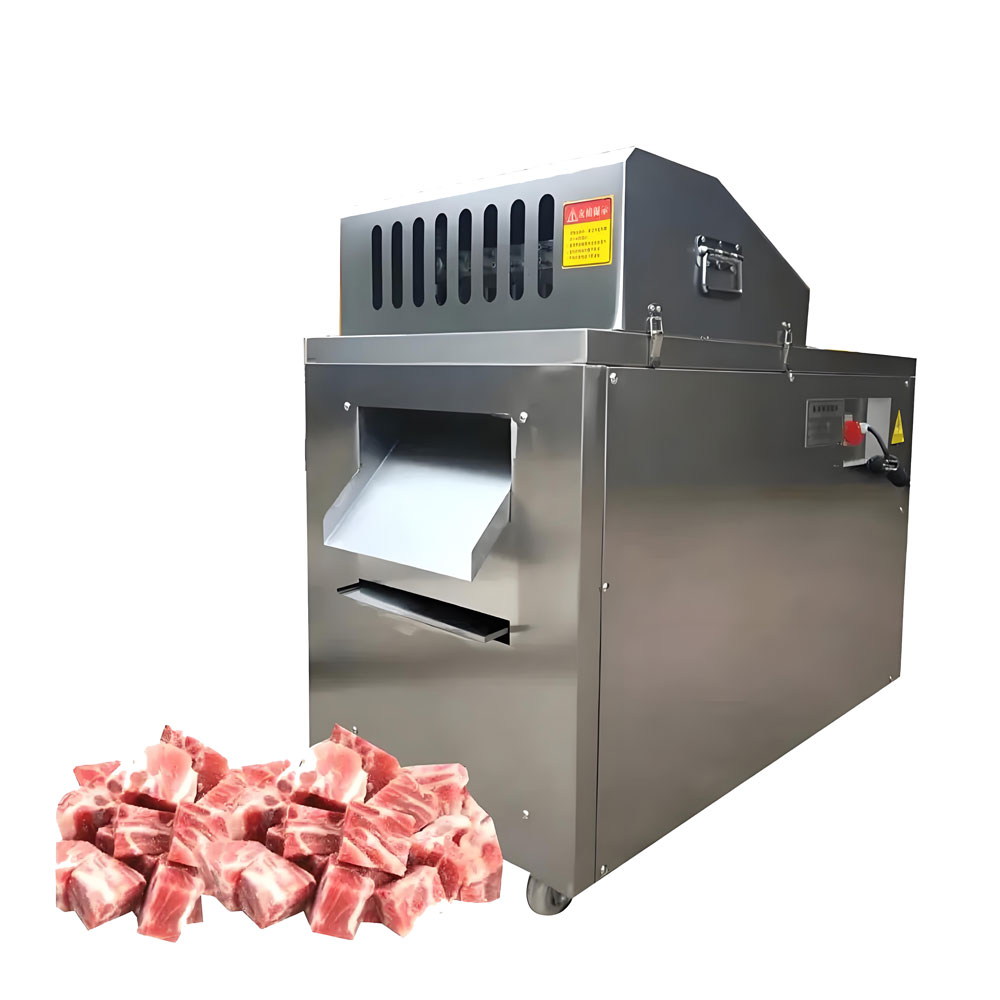
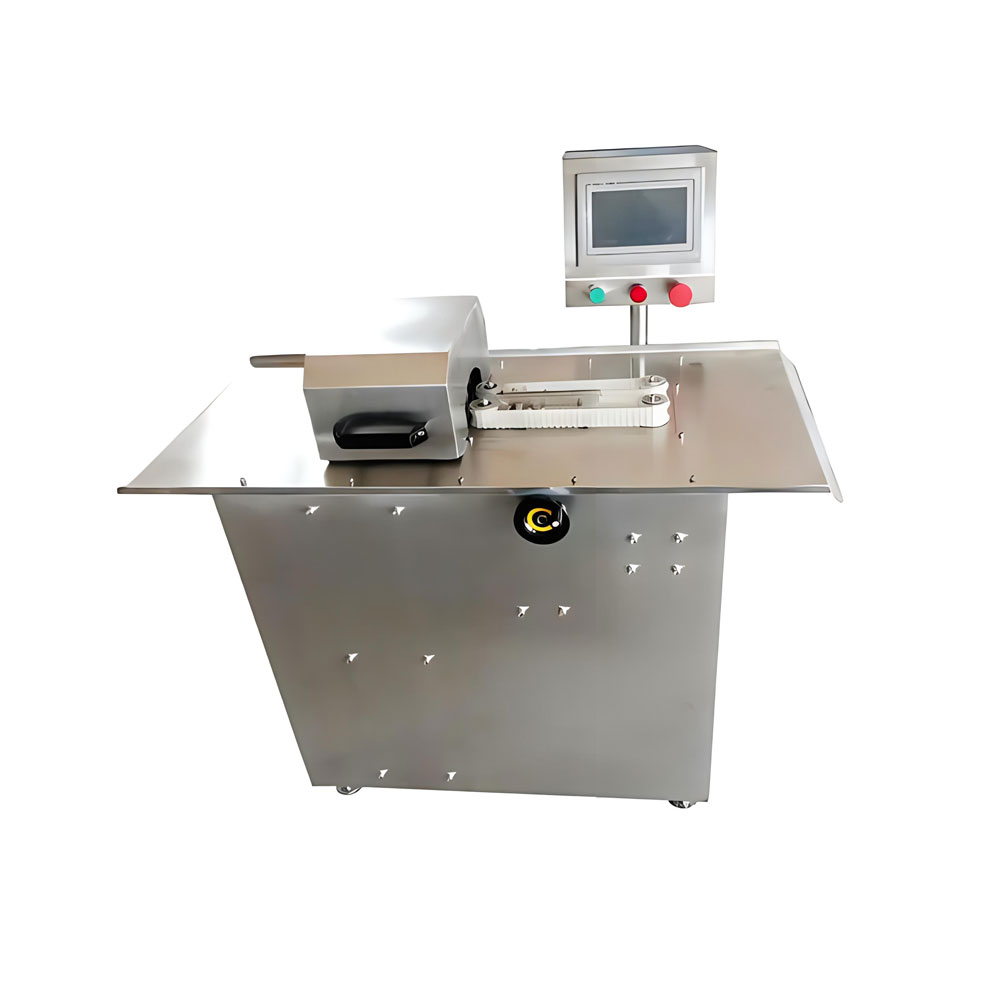
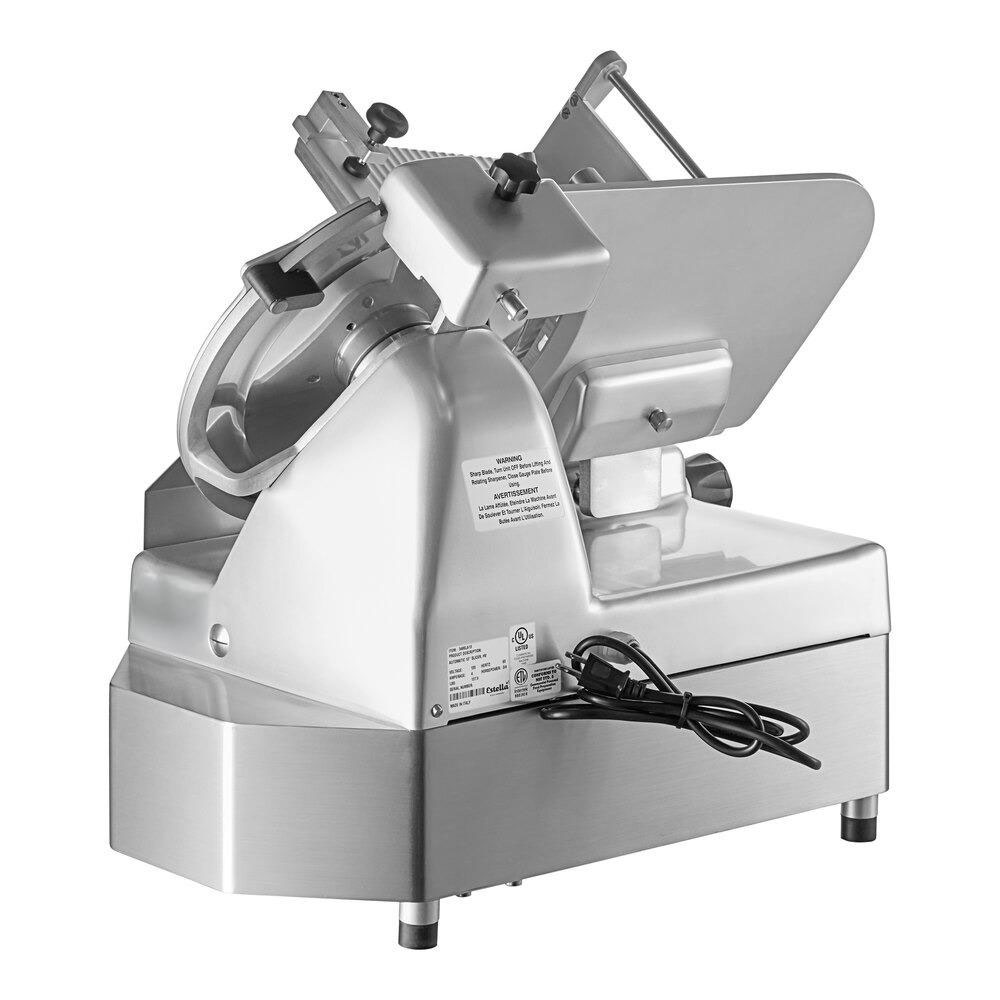
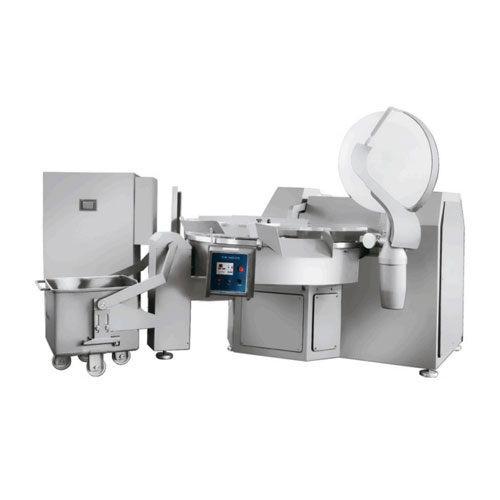
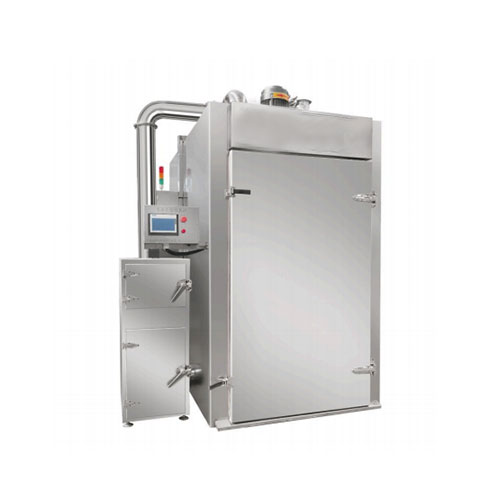
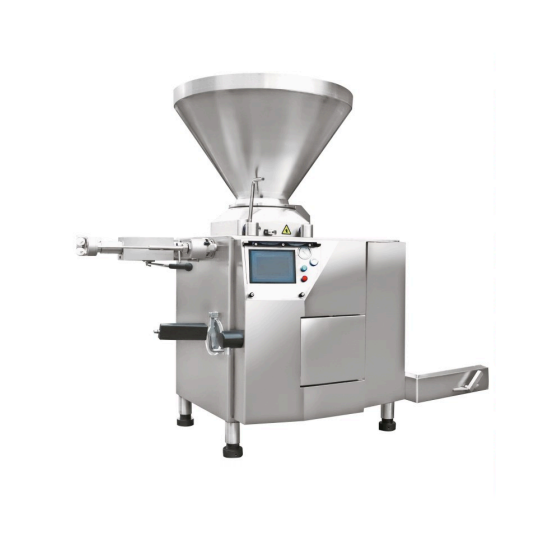
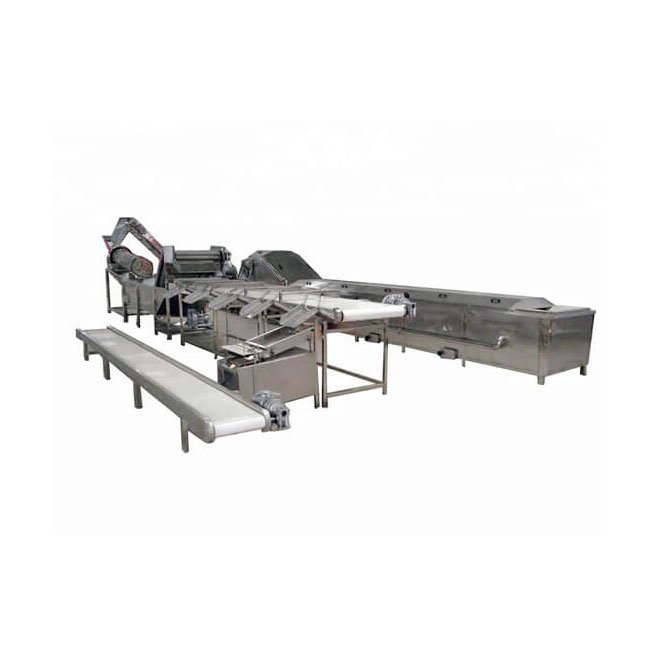
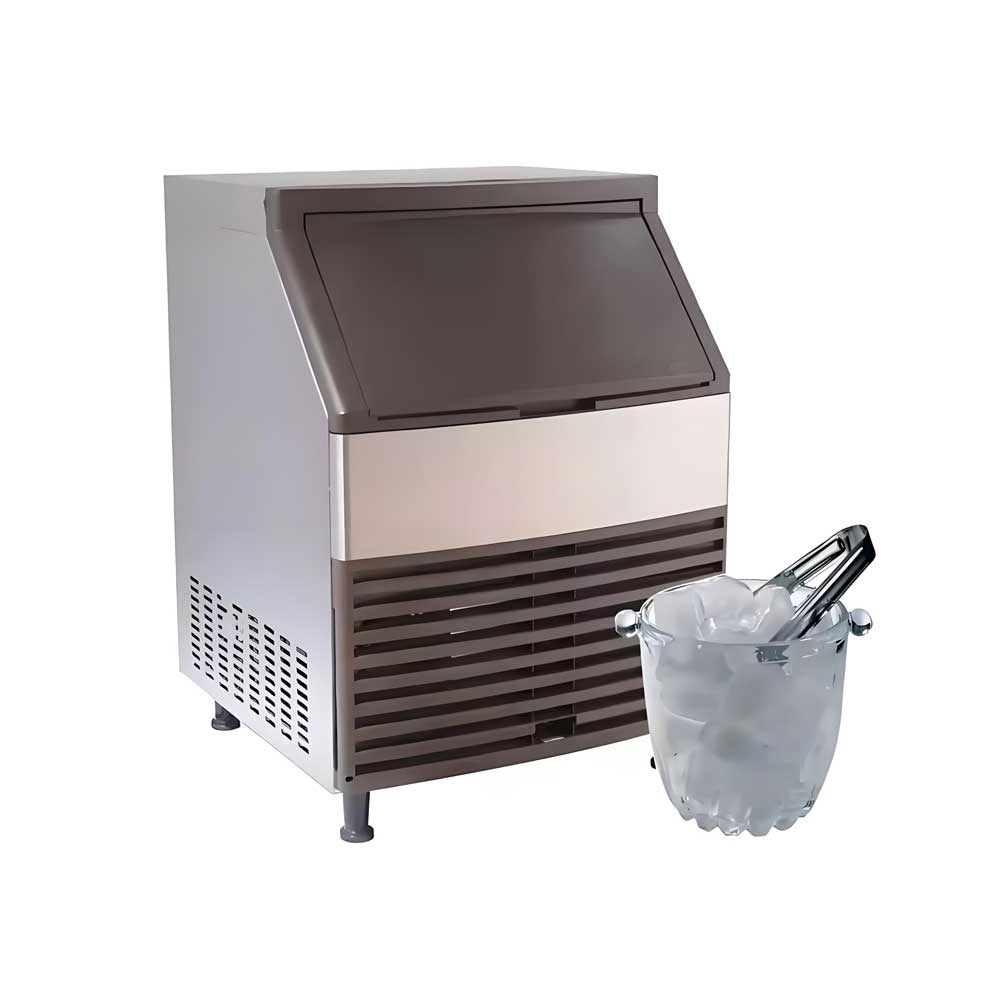
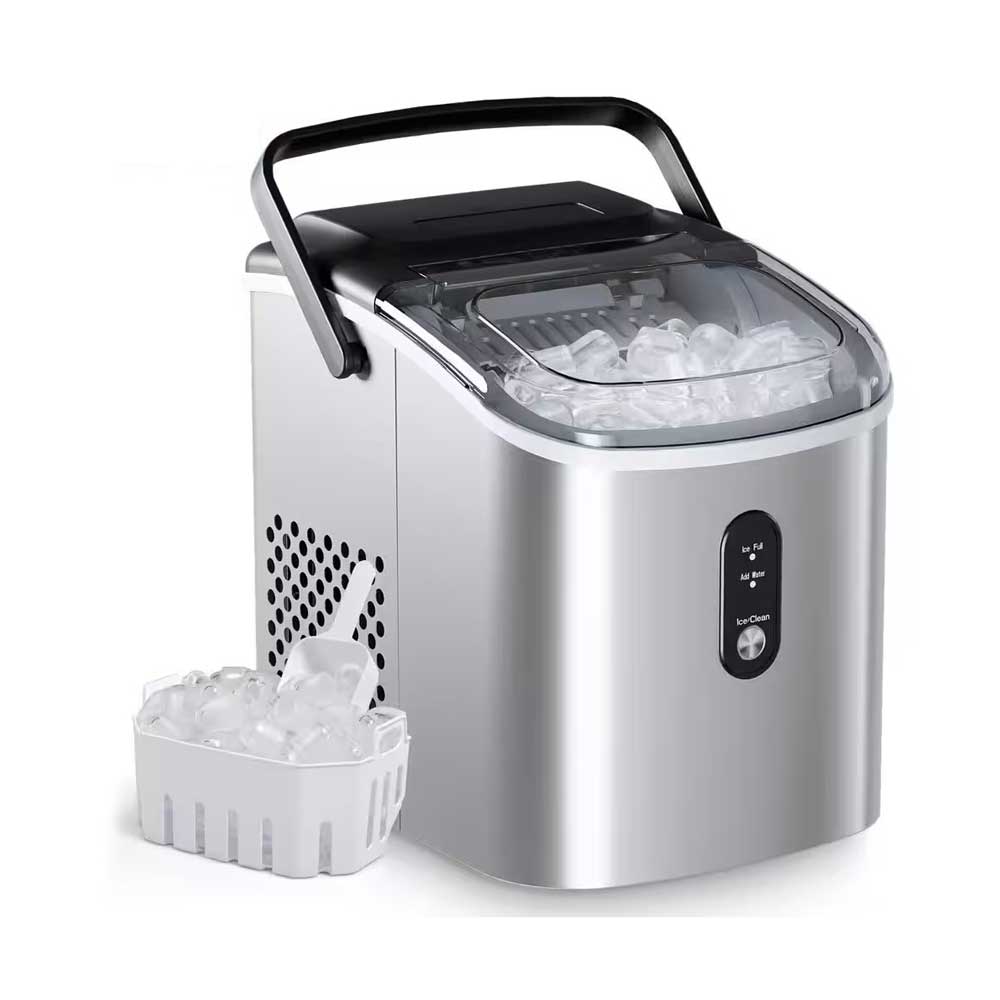 Portable Flake Ice Machine
Portable Flake Ice Machine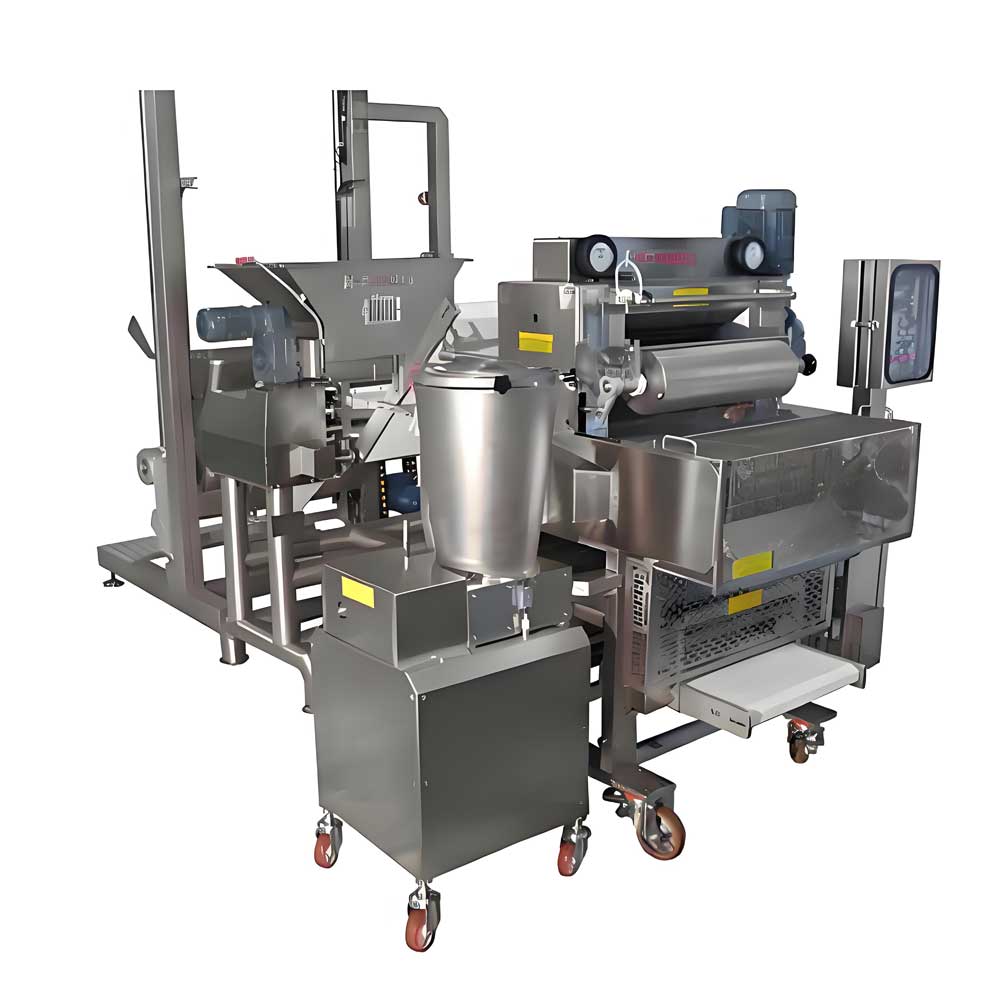 Pelmeni Making Machine
Pelmeni Making Machine
Ready to Get Started?